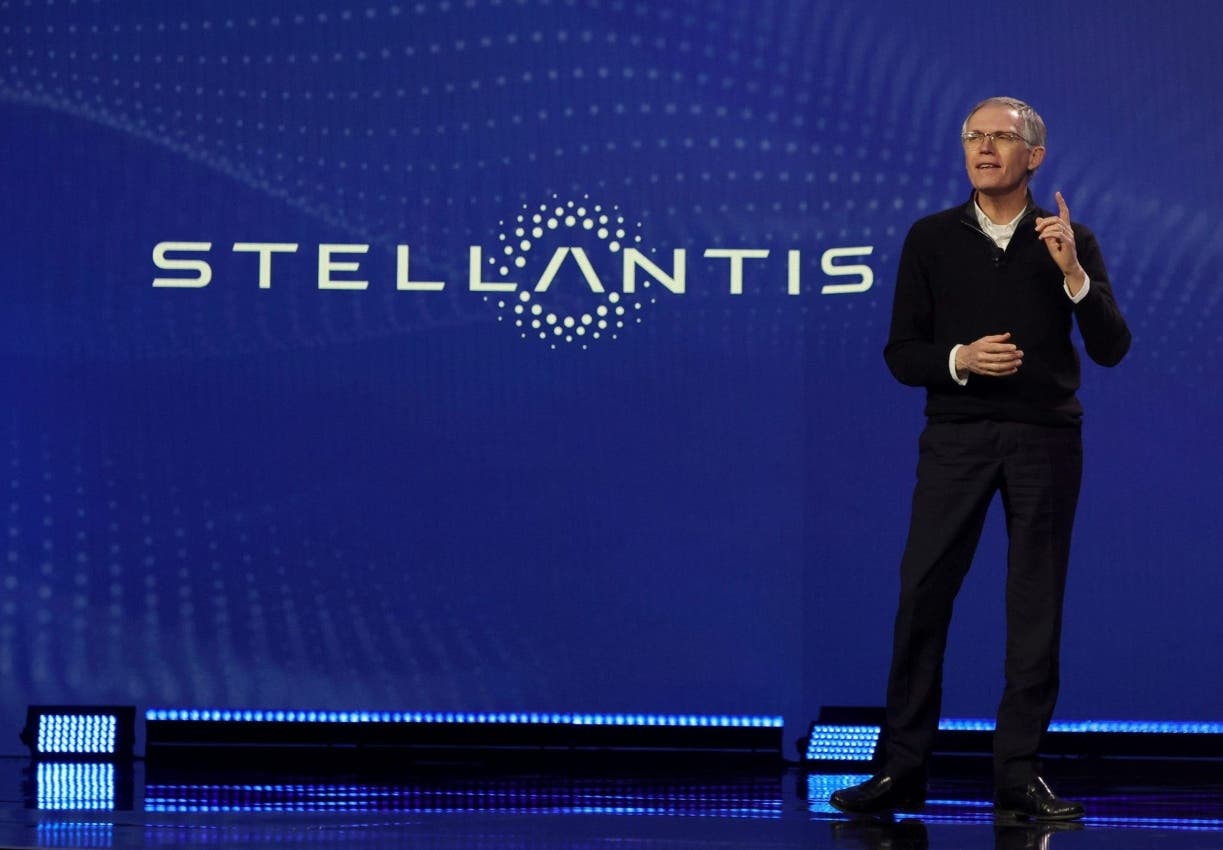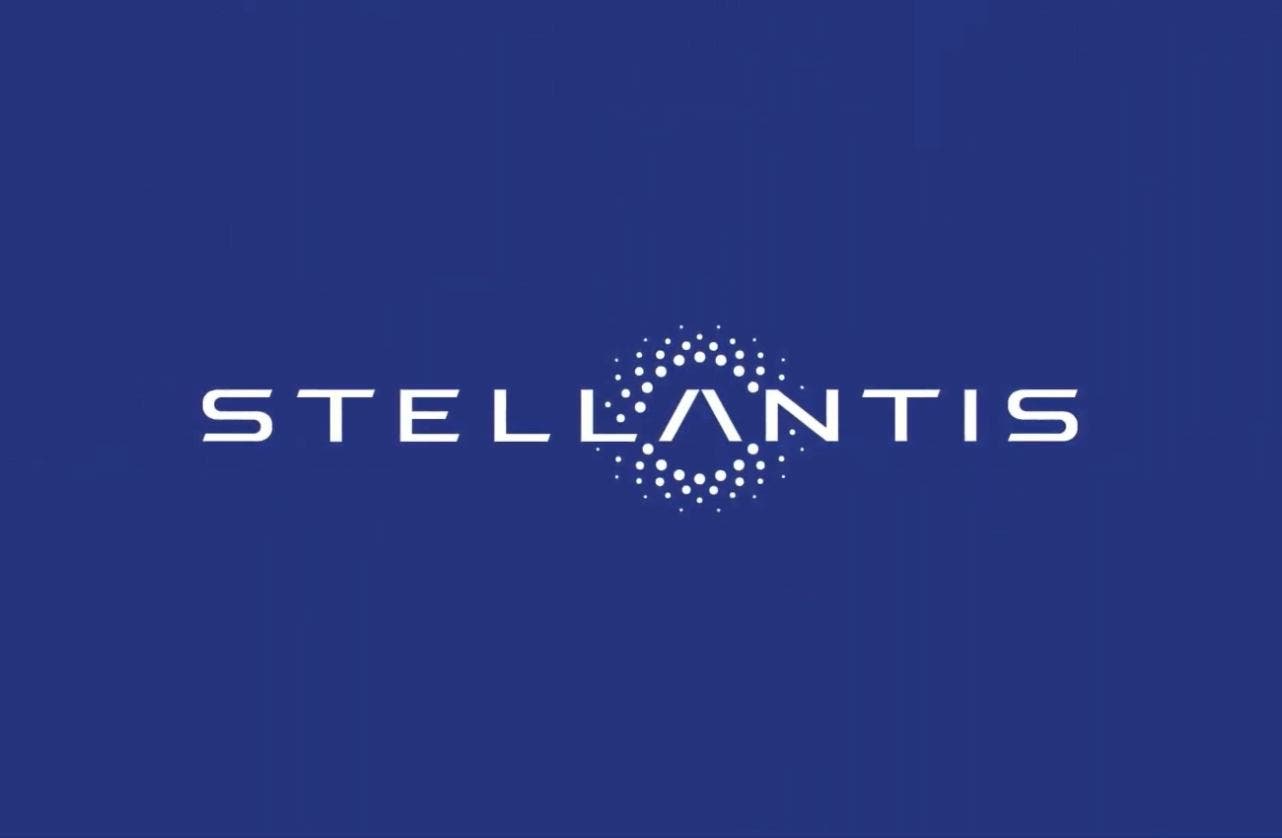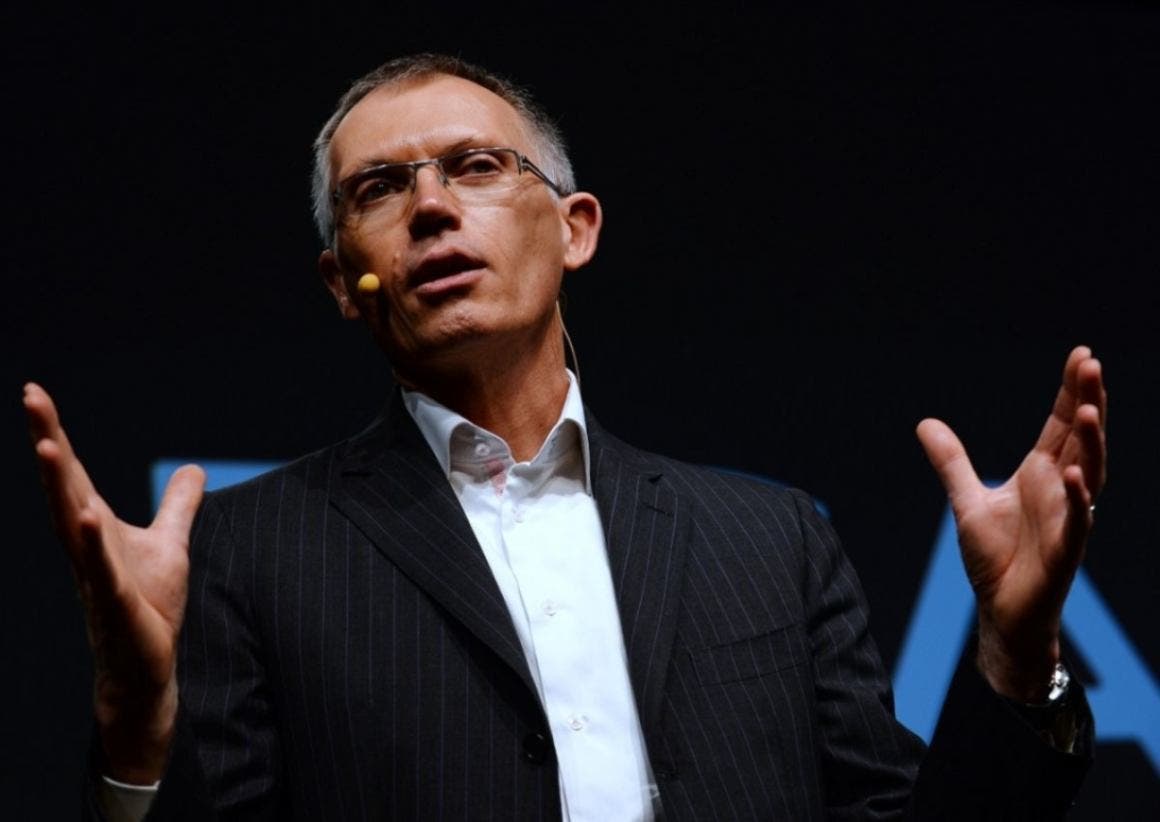Stellantis CEO Carlos Tavares has stated that he is adopting a hands-on approach to get his company back on track in the North American market, a fundamental profit engine for the automotive Group. Last week, he met in person with American dealers, declaring his intention to return in August, using part of his usual vacation period to meet with his US teams “to find appropriate answers”.
Carlos Tavares thinks there is still room to cut expenses in the U.S. and lower prices

“We cannot deny that the results of the first half of 2024 were disappointing and humiliating,” Carlos Tavares said during a meeting with investors. The Portuguese manager said there had been a “perfect convergence of several headwinds” that hit the company just as it was investing heavily in a blitz to launch more than 20 new vehicles worldwide this year. Stellantis has accumulated too many expenses in some areas, such as research and development, had to face operational problems, including in some factories, and also struggled to find the right marketing tactics to sell more vehicles, especially in the United States.
Long known for his aggressive cost-cutting, Carlos Tavares stated that more “cost-saving actions” are planned for the second half of 2024. Executives did not discuss how much they managed to save in the first half thanks to their cost reduction efforts, but said that the cuts in the second half would be 500 million euros more than in the first six months. According to Reuters, the CEO stated that he would not hesitate to find further savings by eliminating the underperforming brands in the company’s 14-member portfolio: “If they don’t make money,” he said, “we’ll close them.”
Stellantis’ challenges are not isolated to the United States. Adjusted operating income fell 45% in Europe compared to the previous year. Other regions, including South America, Middle East and Africa, and China, India and Asia Pacific, also faced at least six somewhat difficult months.

But many of the American problems “have been particularly difficult to diagnose and solve,” Tavares said. High inventory levels in Europe have fallen in recent months to about 65 days of supply. Yet in the United States, Tavares said the company has so far failed to solve the problem and, at the end of June, Stellantis brands had an average of 94 days, so much so that the Fiat 500e and Dodge Hornet are among the slowest-selling cars in the United States.
Carlos Tavares told reporters in a briefing that there could be room to cut vehicle prices, as long as Stellantis manages to compensate by reducing costs on the production side. But he said the biggest problem has been a weak North American marketing strategy. The company must also ensure that buyers can easily see what incentives are offered on certain vehicles when they start their search, so they are not quickly scared off by a relatively high list price.
Stellantis’ US factories also need to start running more smoothly, according to Carlos Tavares. Too many problems with vehicles are being solved after they have left the assembly line. One of the most important plants, the Sterling Heights Assembly Plant, which produces the Ram 1500 pickup, is currently in particular difficulty.
Other problems have included the closure of Stellantis plants due to component shortages, the CEO said. In some cases, such shutdowns were due to recent monetary disputes between the company and several of its suppliers. “I see many operational defects in my company, which to some extent gives me hope and confidence that I can improve the situation, at least as far as those defects are concerned,” Tavares said. “Maybe others will appear, maybe new headwinds will come. But for the things I see and touch, I believe we can do a better job. So this is positive.”

